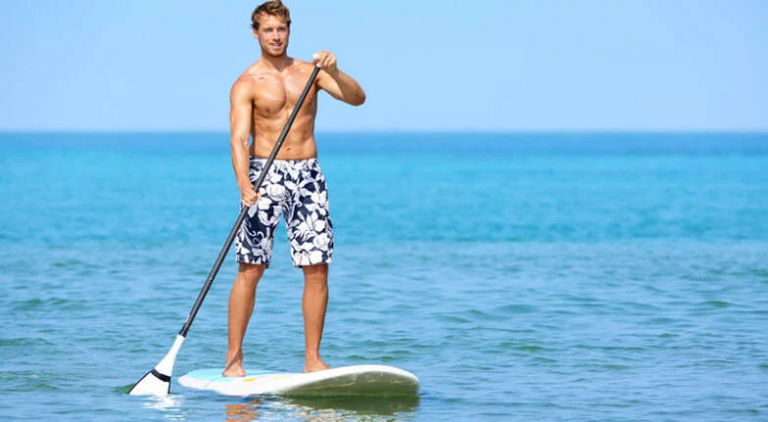Hypotension simply means having low blood pressure. Blood pressure is defined as the amount of force exerted...
Day: January 29, 2021
Finding a divorce attorney might seem simple but what is needed the most is preparation from your...
Do you it’s possible to paddle board during winter? As a sup enthusiast, you should not allow...







